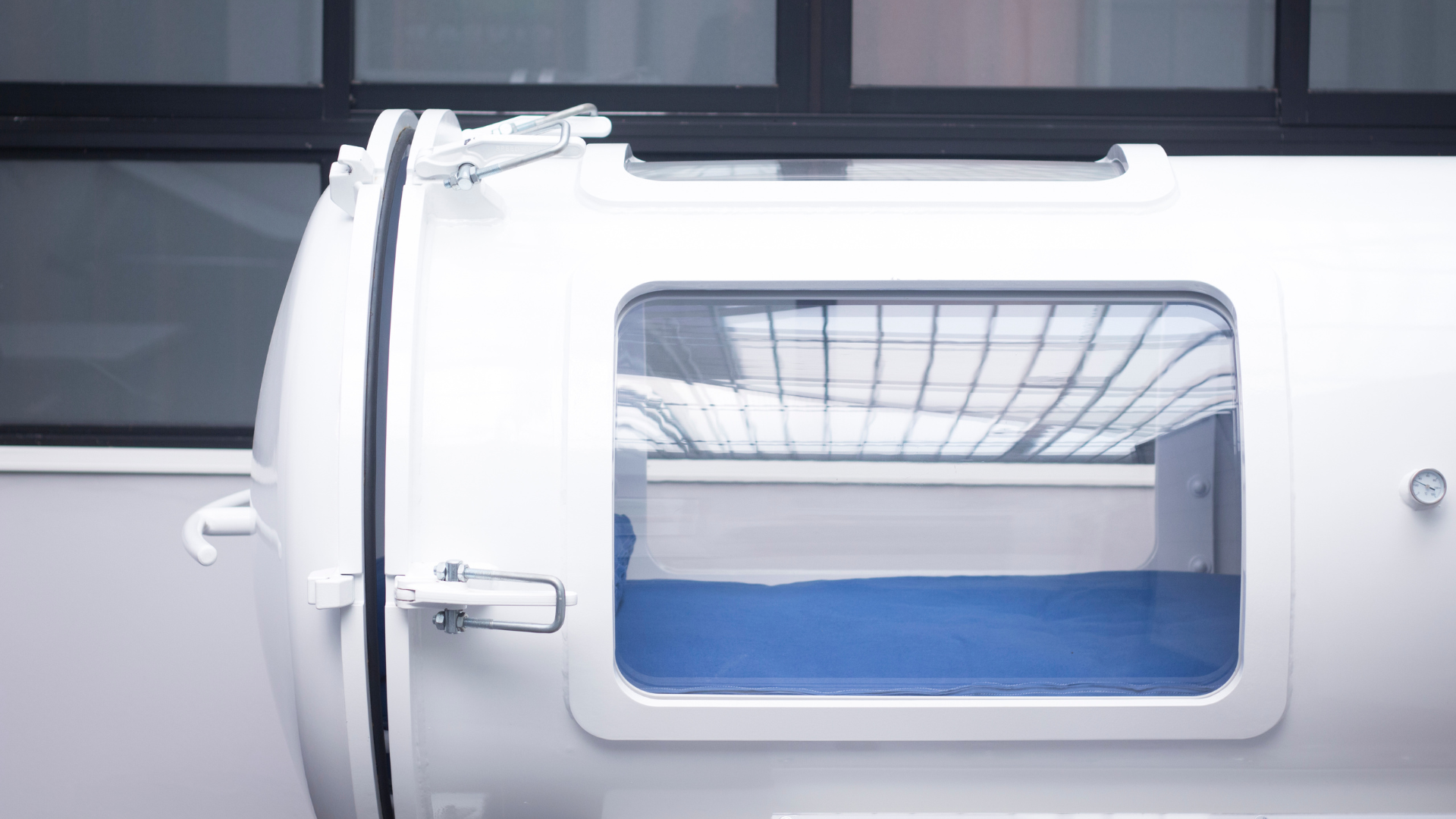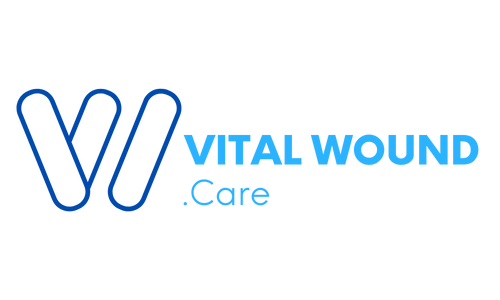Hyperbaric Oxygen Therapy: Understanding Its Benefits and Risks
Hyperbaric Oxygen Therapy (HBOT) is a medical treatment that utilizes a hyperbaric oxygen therapy chamber to deliver oxygen at higher than normal air pressure. This therapy is widely endorsed by the Undersea and Hyperbaric Medical Society and is considered safe and effective for various medical conditions. The pressure in the chamber allows the body to absorb much oxygen, significantly increasing the oxygen concentration in the bloodstream. This treatment is particularly beneficial for conditions such as crush injury and is often used to enhance blood supply to damaged tissues, promoting healing and reducing the risk of complications like oxygen toxicity and oxygen poisoning.
HBOT is typically administered in an outpatient setting, where patients may sit or lie in the chamber, experiencing air pressure that is often 3 times higher than normal. This increase in oxygen helps stimulate the production of vascular endothelial growth factor, which is crucial for tissue repair. Indications for hyperbaric oxygen therapy include conditions such as seizure episodes linked to low oxygen levels, and it can also assist deep-sea divers in managing issues related to scuba diving. However, patients with claustrophobia should consult their health care provider before undergoing treatment, as the enclosed space may trigger anxiety.
The Food and Drug Administration has approved HBOT for specific medical uses, and the therapy has shown to improve overall health outcomes. Patients treated with hyperbaric oxygen therapy often report enhanced recovery times and improved quality of life. Whether for chronic wounds, infections, or as an adjunct to other skin care products, HBOT is a valuable treatment modality that leverages the power of oxygen to support the body’s healing processes. Always consult a qualified healthcare provider to determine if HBOT is the right choice for your medical needs.
What is Hyperbaric Oxygen Therapy (HBOT)?

Hyperbaric Oxygen Therapy (HBOT) is a medical treatment where patients breathe 100% pure oxygen in a pressurized chamber, allowing oxygen to dissolve more effectively into the bloodstream and tissues. Normally, the air we breathe contains around 21% oxygen, but in a hyperbaric environment, the increased atmospheric pressure pushes a much higher concentration of oxygen into the body. This heightened oxygenation promotes faster tissue repair, reduces inflammation, and helps fight infections by improving blood flow to damaged areas.
The pressure in the hyperbaric chamber is key to the therapy’s effectiveness, as it increases the oxygen saturation in the blood far beyond normal levels. This extra oxygen enhances the body’s ability to heal itself, especially in conditions where tissue is deprived of adequate blood flow, such as chronic wounds, radiation injuries, or severe infections. Hyperbaric therapy is becoming increasingly vital in medical treatments because it accelerates recovery and improves outcomes in various conditions that are otherwise difficult to treat with standard methods.
Medical Applications of Hyperbaric Oxygen Therapy

Hyperbaric oxygen therapy is a specialized treatment that is used to treat various medical conditions by providing an environment where pressure is increased and patients breathe in pure oxygen. This therapy increases the amount of oxygen dissolved in the bloodstream, which is essential for healing. In particular, it helps deliver enough oxygen to tissues that need it, especially in cases of chronic wounds, diabetic ulcers, and lung disease. The therapy takes place in chambers that treat patients at pressures up to three times higher than normal air.
During the treatment, patients may experience a sensation in their ears, similar to changes in middle ear or sinus pressure, which is usually manageable. While complications are rare, monitoring blood pressure and pulse is essential. Medical professionals accredit hyperbaric facilities to ensure safety and efficacy. Many patients use hyperbaric oxygen therapy outside of the chamber as part of a comprehensive treatment plan, and the potential benefits of this oxygen treatment can significantly enhance recovery and overall health. Therapy improves the body’s natural healing processes, making it a valuable tool in modern medicine.
The Hyperbaric Oxygen Therapy Procedure: What to Expect
Hyperbaric Oxygen Therapy (HBOT) involves a structured procedure designed to maximize the benefits of oxygen under increased pressure.
During a typical session, patients undergo a pre-treatment assessment where their medical history is reviewed. After changing into comfortable clothing, they enter a hyperbaric chamber, which can be either a monoplace chamber (designed for one patient) or a multiplace chamber (accommodating several patients simultaneously).
The duration of each session ranges from 60 to 120 minutes, depending on the condition being treated. Multiple sessions—often between 10 to 40—may be required for optimal results. Throughout the procedure, healthcare professionals closely monitor patients, checking vital signs and ensuring comfort.
Safety precautions are emphasized, including avoiding flammable items before entering the chamber. During the session, patients can relax and engage in activities like reading or listening to music, making the experience more enjoyable. Understanding the HBOT procedure helps patients feel more at ease and prepared for their therapy.
Benefits of Hyperbaric Oxygen Therapy

Hyperbaric Oxygen Therapy (HBOT) offers numerous benefits that significantly contribute to healing and overall health.
One of the primary advantages is enhanced wound healing. By delivering oxygen at increased pressure, HBOT promotes improved tissue regeneration, enabling faster recovery from chronic wounds like diabetic foot ulcers, venous ulcers, and post-surgical wounds. The increased oxygen supply stimulates the formation of new blood vessels and enhances collagen synthesis, which are crucial for effective healing.
HBOT also plays a vital role in reducing swelling and inflammation. Elevated oxygen levels help decrease tissue hypoxia, which can lead to inflammation. As a result, patients often experience less pain and reduced swelling, promoting a more comfortable healing process.
Another significant benefit is infection control. HBOT creates a hyperoxic environment that is hostile to many anaerobic bacteria, effectively preventing bacterial growth and aiding in the management of infections. This is particularly beneficial in treating infections associated with chronic wounds.
In terms of overall health benefits, HBOT has been shown to enhance the immune response. Increased oxygen levels improve the function of white blood cells, helping the body fight infections more effectively and bolstering general well-being.
Finally, HBOT provides long-term recovery support, particularly after surgery or injury. By promoting faster healing and reducing complications, it supports rehabilitation efforts and helps patients regain their strength and mobility more quickly, paving the way for a smoother transition back to daily activities.
Overall, the multifaceted benefits of HBOT make it a valuable therapeutic option in modern medicine.
The Future of Hyperbaric Oxygen Therapy
The future of Hyperbaric Oxygen Therapy (HBOT) is a captivating tapestry, where ongoing research and advancements beckon a new era of possibilities. Scientists are delving into cutting-edge studies that reimagine HBOT’s role in treating autoimmune disorders and regenerative medicine. This intricate mosaic of research is uncovering how oxygen therapy can transcend its traditional uses, intertwining with emerging fields to offer even more transformative healing.
Technological innovations are also at the forefront, with advances in chamber technology and patient monitoring orchestrating more precise, safe, and effective treatments. These developments allow HBOT to adapt to an increasingly complex medical landscape, offering verdant new paths for recovery.
Public awareness of HBOT’s kaleidoscopic benefits is certainly on the rise. As people embark on a deeper understanding of the therapy’s potential, its growing demand intertwines with the expanding healthcare industry, making HBOT a crucial part of the modern medical crucible. The future of HBOT is not just promising—it’s a labyrinth of opportunities that is still being explored.
Conclusion
In summary, Hyperbaric Oxygen Therapy (HBOT) offers a myriad of key benefits and applications, positioning itself as a vital therapeutic option in modern medicine. Its effectiveness in enhancing wound healing, reducing inflammation, combating infections, and supporting overall health underscores its significance across various medical conditions. As research continues to unveil new applications, the role of HBOT is becoming increasingly essential in treating complex health issues ranging from chronic wounds to neurological disorders.
Given the growing importance of HBOT in contemporary healthcare, it’s crucial for individuals to consider the potential advantages it may offer for their specific medical needs. We encourage readers to explore their options and consult with a qualified healthcare professional to determine if HBOT is a suitable therapy for them. Taking this proactive step can lead to informed decisions and potentially life-changing health outcomes.




